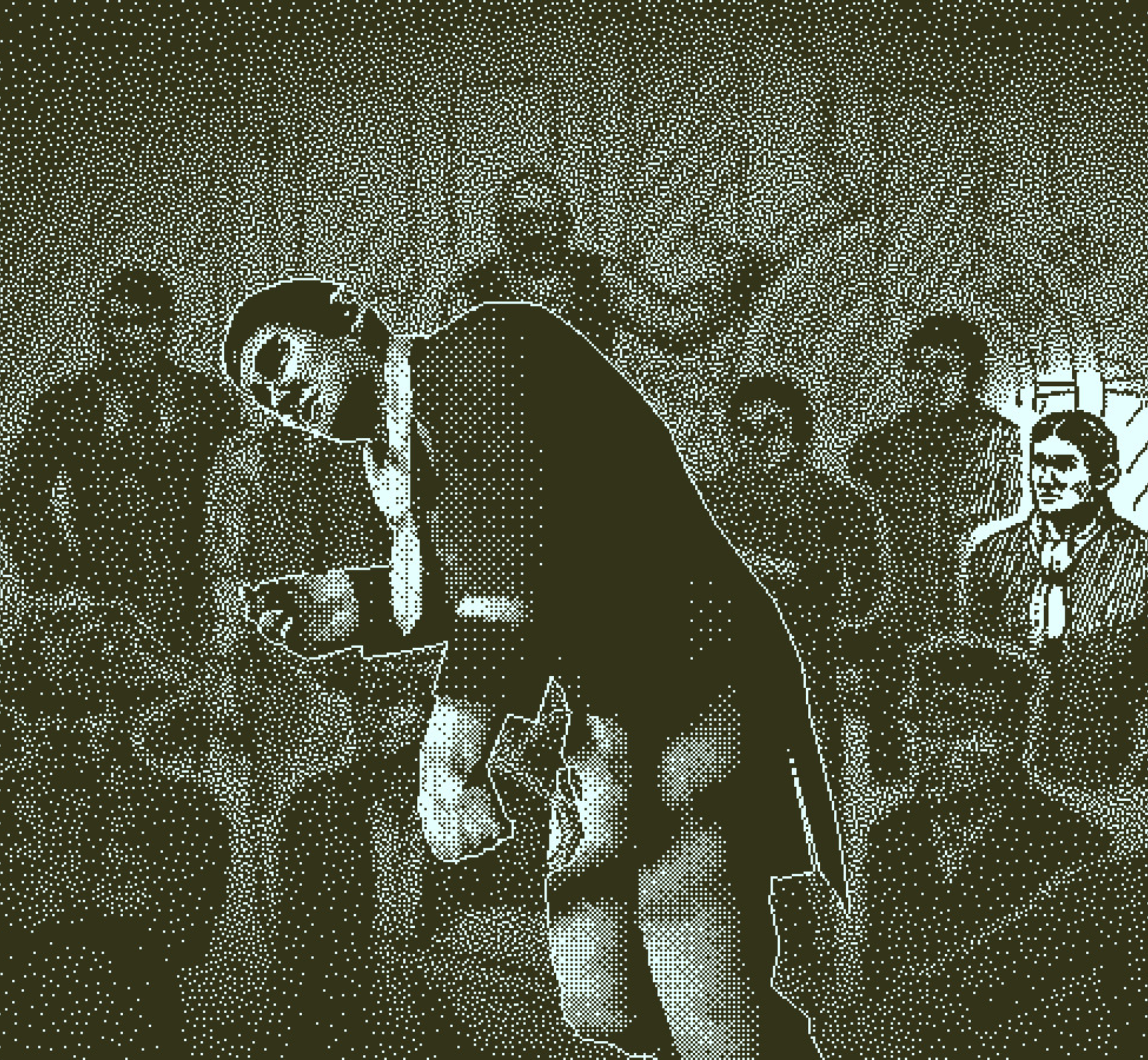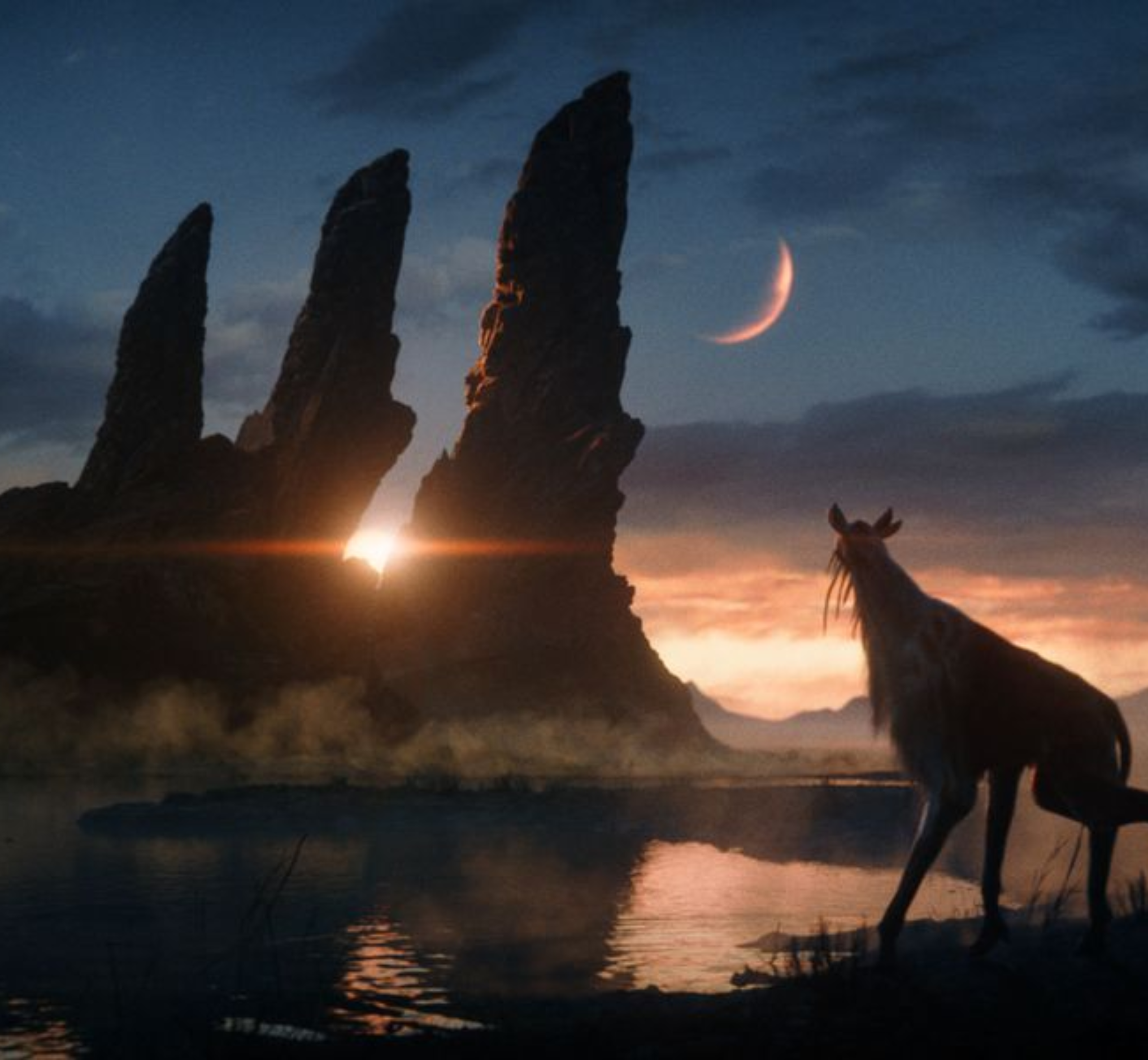Video games are charting new territory—not through blockbuster explosions or thrill-a-minute campaigns, but by inviting players to slow down, piece together stories, and dig through the virtual past. A subtle cultural shift is underway as a new crop of titles reimagines the archaeologist’s role in gaming, moving from whip-wielding adventurers to thoughtful interpreters of mysteries.
At the forefront of this trend are titles like Big Walk — an open-world, cooperative adventure from the creators of Untitled Goose Game — that encourage emergent exploration. Instead of scripted quests, players are free to tread paths, uncover environmental storytelling, and collaboratively infer hidden history, hinting at what one creative observer lightly dubs “community archaeology.”
Walking simulators are also joining the excavation. Games such as Return of the Obra Dinn, Heaven’s Vault, and Outer Wilds nudge players into piecing together narratives from seemingly mundane clues—cryptic logs, undeciphered languages, or fragmented artifacts. These “information games” reward curiosity, inviting players to hypothesize, interpret, and draw conclusions rather than simply react. This genre shift—sometimes labeled “archival adventuring”—made its mark in immersive walking sims like Gone Home and What Remains of Edith Finch, where meaning is woven through objects and ambiance rather than action.
Even more intentional are games that integrate documentation into gameplay. In Season: A Letter to the Future, players keep journals of the world just before its disappearance; in Blue Prince, you’re prompted to write down clues spotted in shifting rooms—making your notebook as much a tool as your cursor.
Meanwhile, beloved long-term titles are getting meaningful archaeology upgrades too. No Man’s Sky rolled out a free “Relics” expansion that lets players excavate alien bones, reconstruct bizarre skeletons, and curate interstellar museums—bringing paleontological lore to the cosmos in playful, open-ended ways.
And lurking beneath the surface of major releases are smaller, atmospheric gems like The Children of Clay—a eerie, stop-motion puzzle horror where you examine a cursed artifact doll deepened through quiet research and close observation.
There’s also Two Point Museum, a management sim where you curate exhibitions—placing fantasy artifacts, thematic relics, and even crossover items like mimic chests and giant gaming dice in your museum for visitors to marvel at.
What’s shifting is how games use archaeology—not as a backdrop for epic action, but as an invitation to reflect, hypothesize, and connect dots. Players are now encouraged to document, analyze, and explore—much like real-world archaeologists, only in digital worlds. Whether through journal entries, fossil digs, or narrative puzzles, games are proving that understanding the past can be every bit as compelling as blowing things up.
As more developers craft experiences that depend on interpretation instead of reaction, the virtual analogues of soil layers and clay shards are gaining cultural traction. If archaeology is the study of human stories, games are increasingly inviting us to be those storytellers—one skull by a toilet or ancient tablet at a time.



